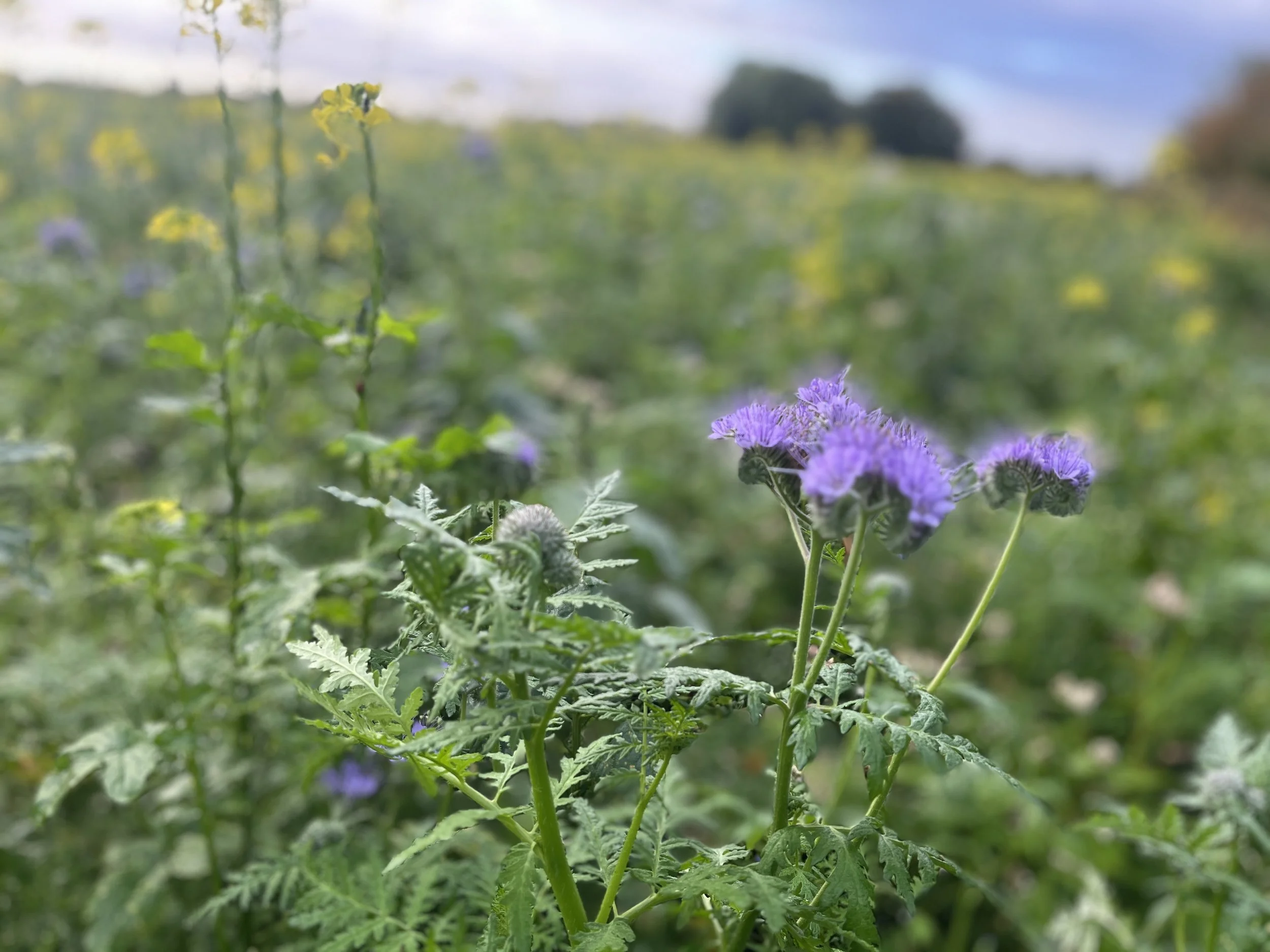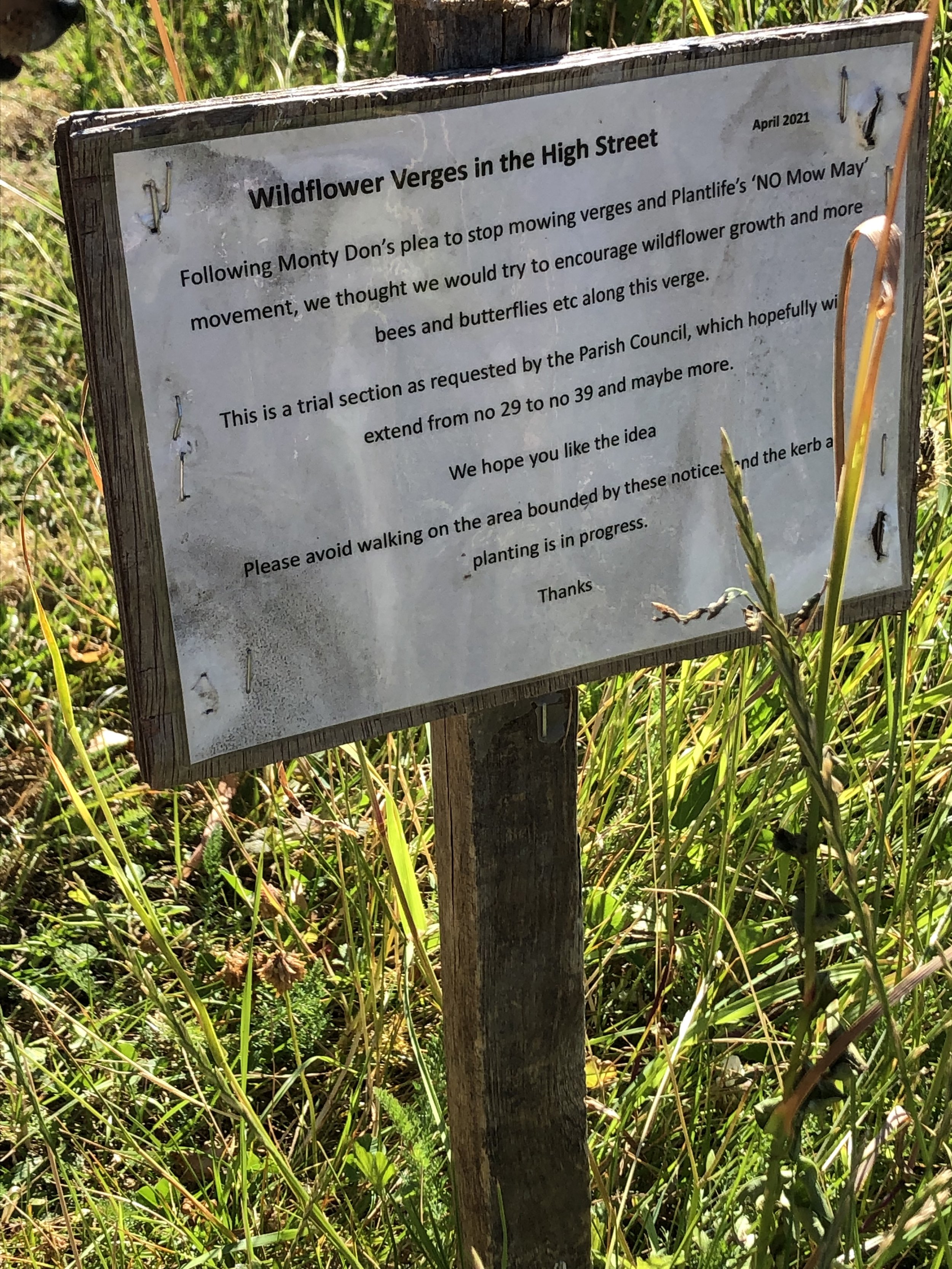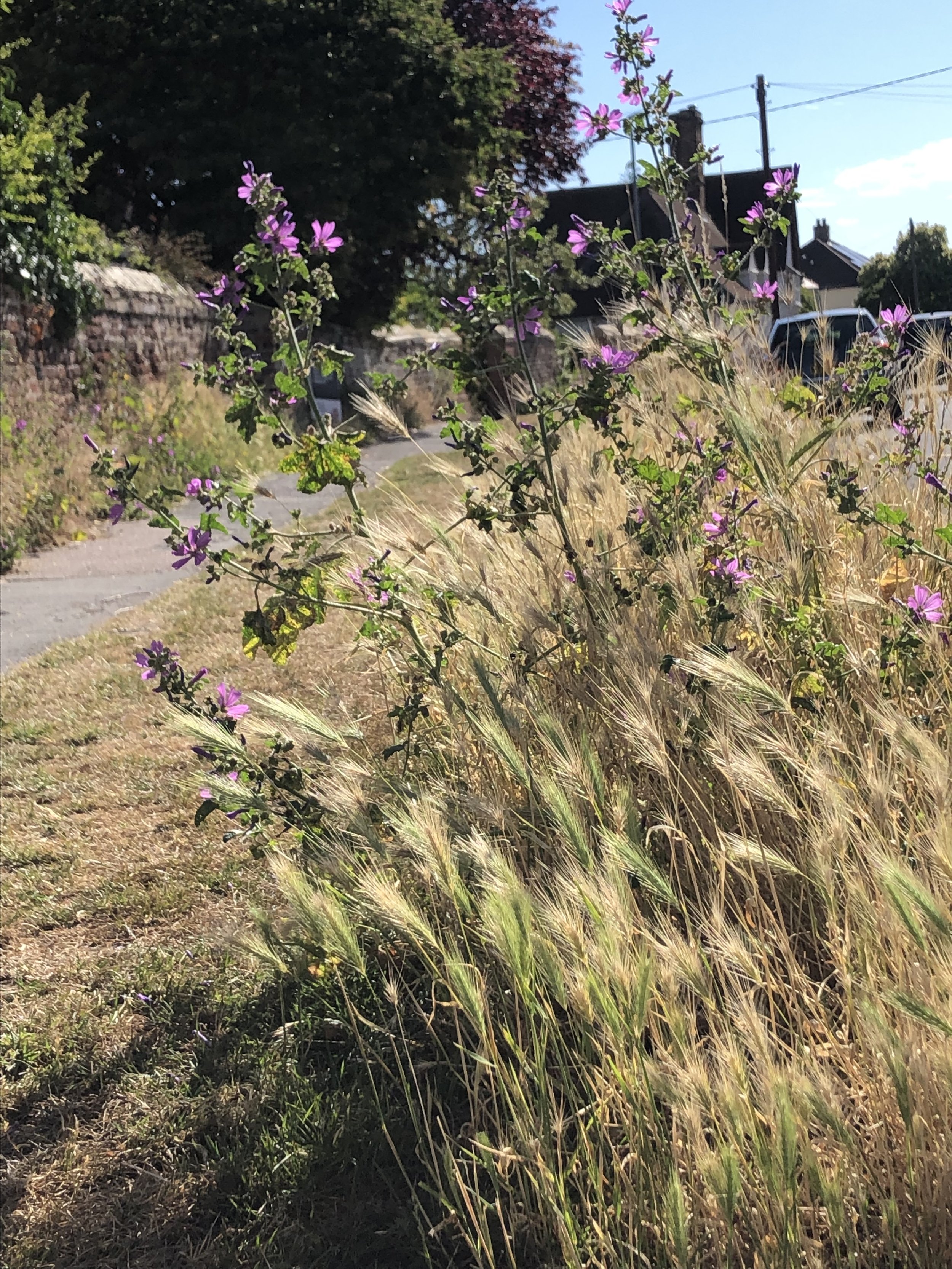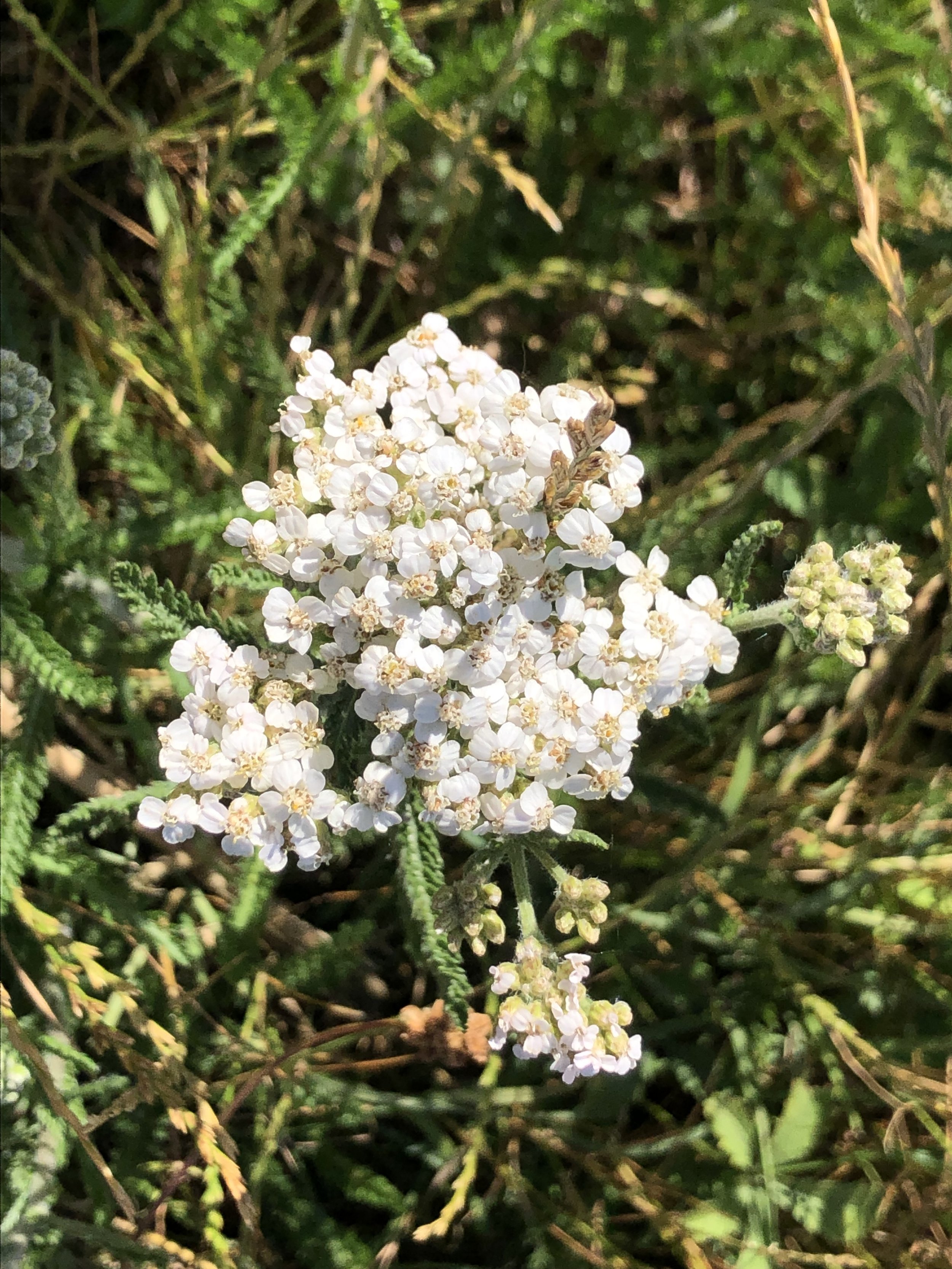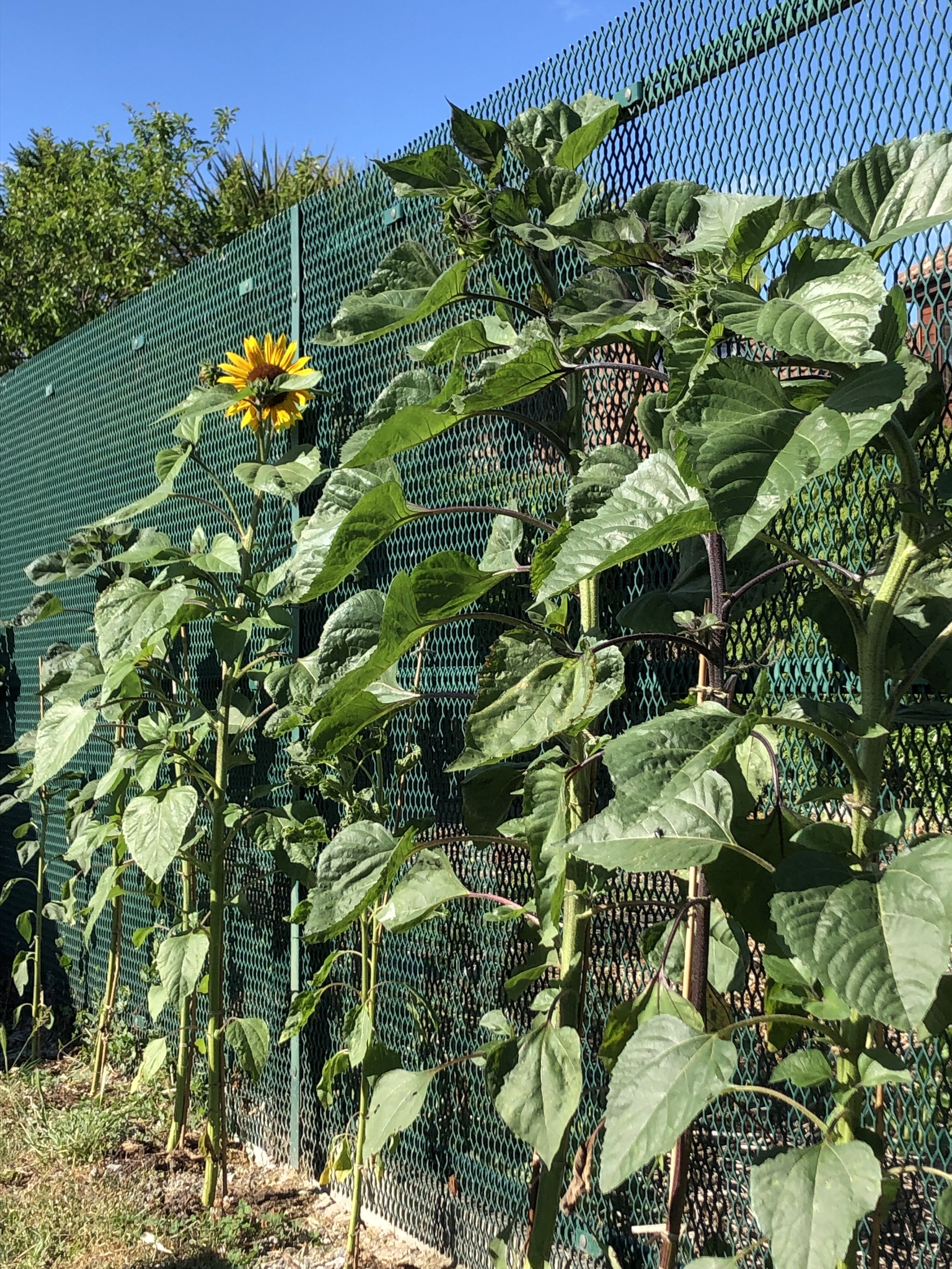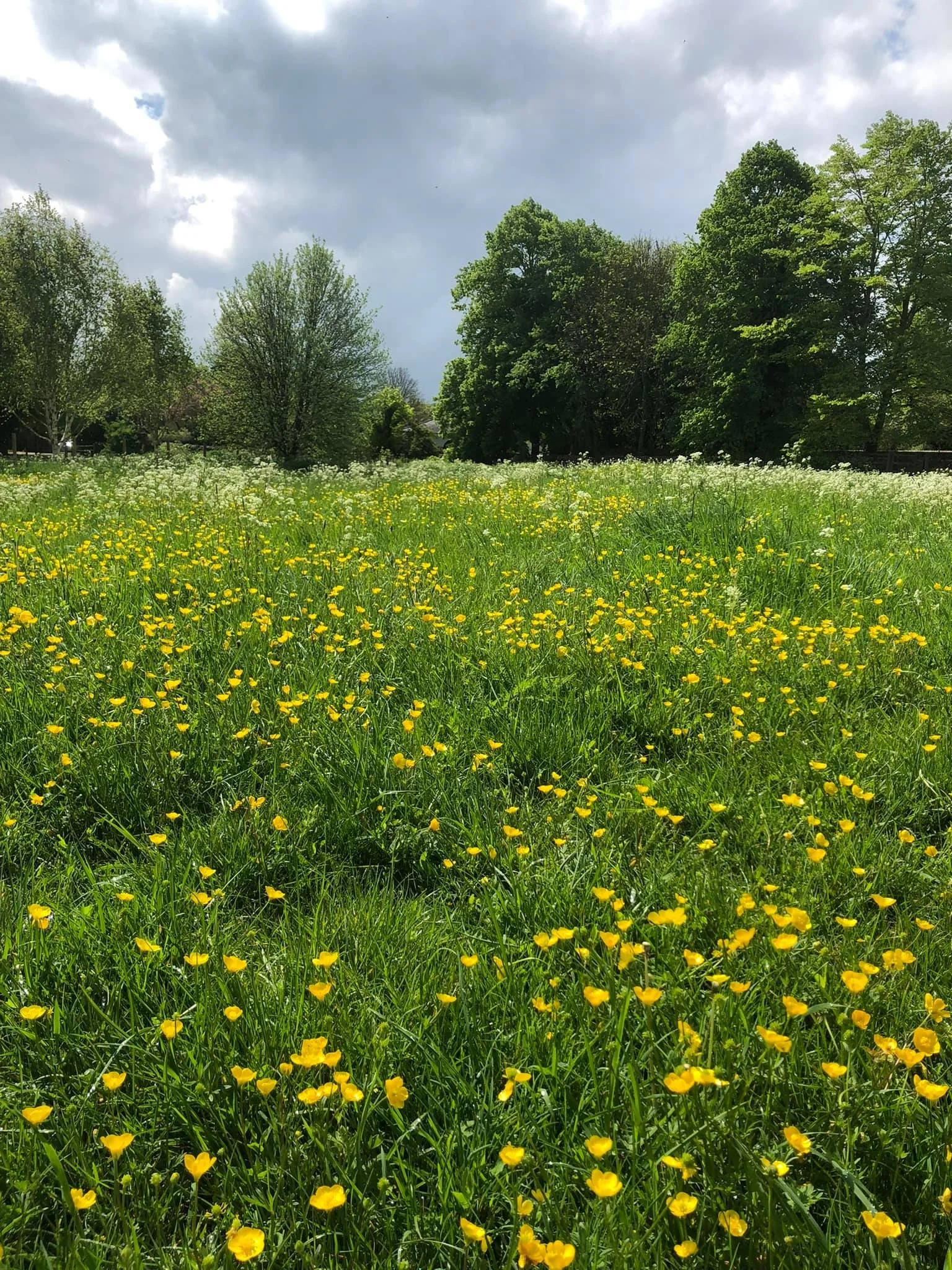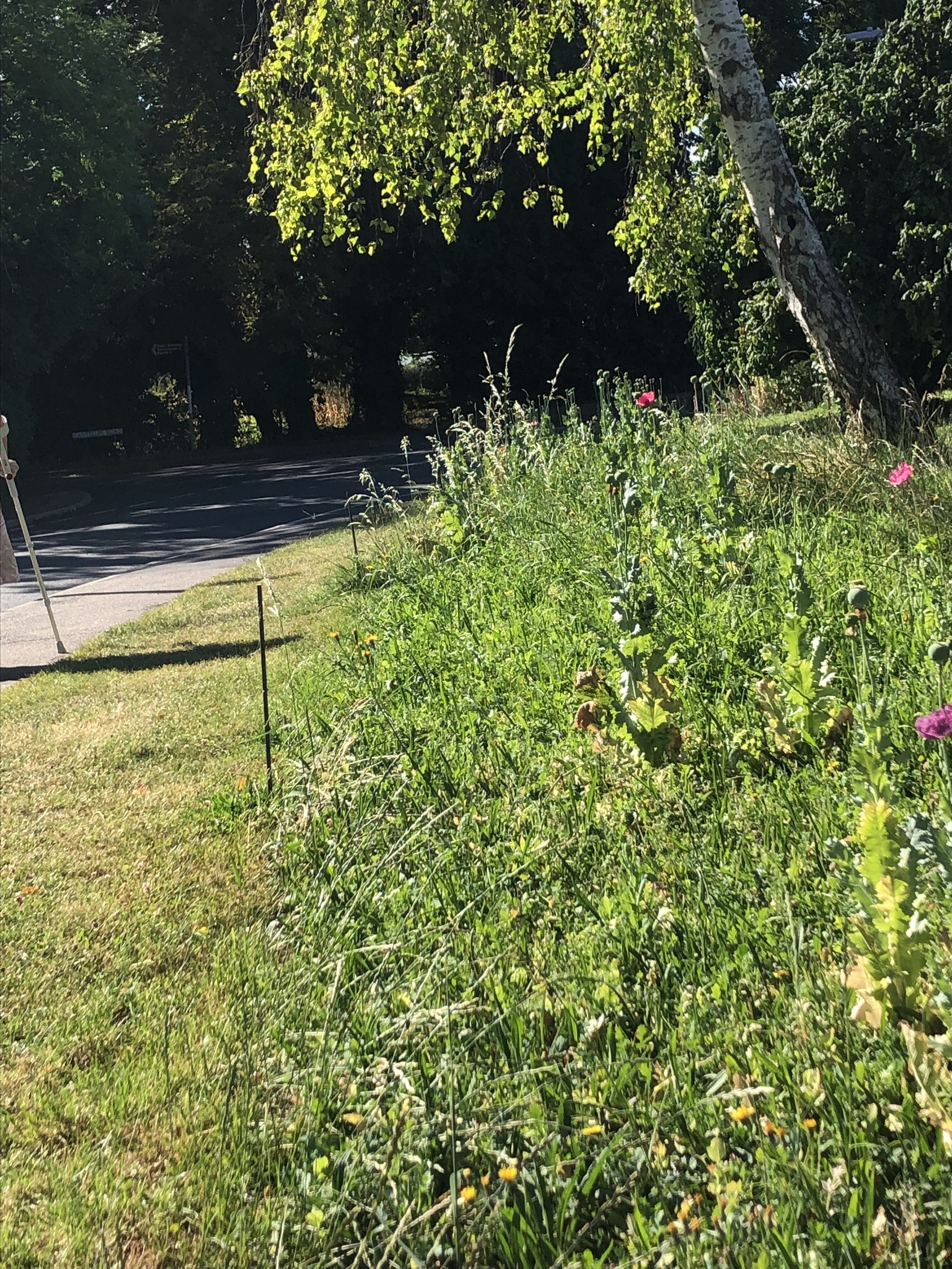Two gorgeous fields in Shepreth are benefiting nature.
Read Morebiodiversity
Report for Haslingfield Parish Council - December 2024
Every month, a member of the Haslingfield and Harlton Eco Group attends the Haslingfield Parish Council meeting. Where we have had activities, or wish to make requests, we submit a report in advance of the meeting and are given the opportunity to speak to our report as an agenda item. Below is the report given for the meeting of 9 December, 2024. Since this report was delivered, Pippa and Michelle met with a representative from SCDC who undertook to contact environmental services about dredging the pond and possibly cutting back the tops of the trees.
I. Biodiversity project updates
Swift Box: We now have two villagers looking at whether they can make the swift box for us using the plans provided by Action for Swifts. Action for Swifts said that as long as the box is in place by May 1st we will be in time for swift migration. If one of the residents agrees to make it, the eco group can cover the materials cost.
Wisbey’s Yard pond waterway: Michelle had a phone conversation with Rob Mungovan, former ecology officer for SCDC. During his tenure he carried out several projects in Haslingfield and knows the area well (he is currently Ecological adviser to the Friends of the Shep group which has successfully restored parts of that chalk stream). He was one of a group of people who planted wildflowers in the part of the meadow the eco group currently looks after, many of which are still surviving. With Mr Rutherford and Martin Heazell, he maintained the Wisbey's Yard pond with twice yearly desilting and cutting back of the surrounding trees.
We discussed our idea about partnering with SCDC to look after the whole watercourse from Wisbey's Yard to the Millenium Pond. The key points:
• He agreed that the Millenium Pond will chronically silt up as it is in the watercourse with restricted outflow. He suggested that the outflow on the other side (currently quite choked by the remains of the fallen poplar) could be lowered to increase flow, but this may be very difficult to achieve. He thought the idea of another pond beside the watercourse but separate from it was an excellent one. His only caveat was that it might be overshaded by the large trees (alder and field maple) surrounding. We have not yet managed to get a quote for this. Once we have, a public consultation, especially if trees need to be cut, might be a next step.
• He confirmed that he had observed great crested newts in a local resident’s pond and thought he had recorded them with CPERC. However, Pippa has confirmed that there are no reports of GCN in the village. It should be a matter of priority to confirm their presence next spring and get them registered. We have been in touch with both of the residents who indicated they had GCN and both agreed to a survey in spring. This would need to be done by a registered ecologist. Pippa is looking into whether her colleague can do this for us.
• He supported strongly the idea of "chasing" SCDC to get them to maintain the Wisbey's Yard pond, including potentially removing or trimming the surrounding trees which are badly shading the pond, and repairing or replacing the wooden viewing platforms (which are unsafe). He did not think we should use our funding or volunteer to look after it as it is their land and they should be doing so. However, Lise has now made the initial contact with the right people at SCDC and they have indicated their willingness to work with the Eco Group, but that their resources are limited in terms of carrying out surveys and funding. We will pursue this contact and keep the PC posted.
• He thought the waterway between the two ponds was definitely worth noting and mapping as an important wildlife corridor.
• He noted that the channel on the other side of Porker's Lane from the Millenium pond, which is in the PC’s care, had been dug too steeply and could benefit from gradation to the sides. However I mentioned that it is regularly polluted with sewage so he said until that was sorted we shouldn't bother trying to improve it.
• He emphasised the importance of doing projects the community can see and benefit from.
• He said he would be happy to answer further questions but could not get involved with site visits or assist with projects for at least some considerable time.
II. Scything
Despite a rainy day, the scything workshop on 1 December was very successful. Over the course of the morning 13 people took part and many more stopped round to watch and learn. Even though most were trying scything for the first time, we managed to scythe and rake half of the area. The next event will take place on March 30th.
III. First meeting of the River Rhee Monitoring Project
Our insurers have confirmed that our public liability and volunteers insurance will cover the volunteers for this project. The first meeting for potential volunteers took place online on Dec 3rd. A keen and well informed group talked about the reasons to monitor water quality in our local river, the local support offered by the network of organisations involved in river protection, and how the project intends to prepare for and then carry out monitoring for e.coli over the next 3 - 9 months. View all the slides from the event HERE.
IV. Great Collaboration: Toolkit uptake + Session on Carbon Literacy Project
Following the article in the November PC newsletter, the number of parish residents who have responded to the Great Collaboration Toolkit increased from two to six. This is a start, but not a great start. Further encouragement using social media or reminders in future newsletters would be useful!
The latest Great Collaboration session, on December 4th, was on the Carbon Literacy Project. This project provides training on up to date climate change causes, impacts and actions to organisations including Parish Councils. To date they have trained more than 100 PC’s. This was a very inspiring talk, with examples given of Parish and Town Councils who had emphasised collective solutions, such as embedding Repair Cafes into their yearly plans and using government funding to improve numeracy skills to provide training in transition-oriented employment. It will be good to take this inspiration into drafting the new action plan for 2025.
V. Video recommendation
Streamed live on 28 Nov 2024, this 1 hour talk by the distinguished British Academy Global Professor Paul Behrens succinctly and clearly sets out where we are now in the existential battle to control climate change, busts some myths about public attitudes, mining and batteries, and gives some concrete goals that we can work toward as a community, especially, “electrify everything”.
Haslingfield Going Wild - Summer 2022
In the gardens, on the verges, and on the boundaries of our farmlands, more and more people are encouraging wildflowers and the minibeasts that feed on them. Why wildflowers? You can certainly benefit a wide variety of insects through ordinary garden plants, and there are many guides online to the best one to choose for wildlife, such as this one from the RHS. But not all garden plants benefit nature - hybrid double blooms, for example, often block insects from getting to the tasty nectar and pollen.
Our native wildflowers, on the other hand, provide many benefits for nature, while looking amazing! What’s more, many of our native wildflowers are scarce or endangered, due to the loss of grassland habitats. And it is important to go native - many minibeasts, like butterflies, solitary bees, hoverflies and other pollinators, are specialised feeders, either as caterpillars or adults. They need the flowers and plants they evolved with in order to thrive.
The easy way to encourage wildflowers is simply to mow less - once or twice a year if you can get away with it - and remove the cuttings for compost. This slowly removes nutrients from the soil, allowing the wildflowers to compete with coarse grasses that prefer richer soils. Mow paths or create interestingly shaped patches of unmown meadow to make it look intentional and pretty. For quicker results, seeds or plugs can be planted. The Eco Group can offer help if people know of a public area they'd like to see improved.
Click through the gallery above to see some examples of our recovering local biodiversity.
Notes on the examples shown
1) High Street Verge - A small group of local residents planted wildlfower plugs on the verge and have been leaving the street-side half unmown. Observed flowers include mallow, knapweed, hawkbit, dandelion, plantain, wild carrot (also known as Queen Anne's Lace), white campion, and forget me not. The longer grass also provides habitat and the grass seed is food for birds and small mammals.
2) Pyramidal Orchid and Peacock Butterfly - Both of these were observed on a walk around the fields between Harston and Haslingfield - first time I've seen a Pyramidal Orchid there. The Peacock Butterfly caterpillar is one of several which primarily feed on nettle.
3) Lilac Close - a resident family, assisted by members of the Eco Group, has planted wildlfowers from seed as well as sunflowers, sweetpeas, foxgloves, sedum and creeping thyme against the fences of this small public green near the bus shelter.
4) College Crescent - residents cleared a large rectangle and planted wildlfower seed. On July 2nd, I observed several oriental poppies in full bloom (when they are a favourite of pollinators like bumblebees who stuff the pockets on their hind legs with the silvery/fawn pollen) and many more flowers on the way. July 11 update - lots of red poppies now blooming! If you are involved with this initiative do get in touch - the eco group would be happy to help!
5) Wellhouse Meadow and Orchard - the eco group has been working with the parish council to mow less and encourage more wild flowers. At this time of year you can see knapweed, meadow cranesbill, meadow bedstraw, a few oxeye daisies and red and white clover. It's a tricky problem, however, as the soil is very fertile so the coarse grass easily swamps the flowers, especially in summer. Nettle and bindweed are also threatening to spread throughout, and as we are unwilling to resort to chemical sprays, we will have to mow some areas more frequently if these plants get too out of control. Both are good for pollinators/insect though, with whole ecocystems which depend upon nettle! And so far everyone loves the new "rides" or paths, through the long grass. Especially beautiful at sunrise and sunset!
Do you have something to share about increasing biodiversity in Haslingfield or Harlton? Please get in touch! Write to HnHeco@gmail.com or post on our Wild Haslingfield and Harlton Facebook Page.

